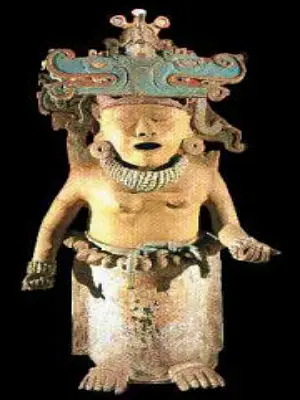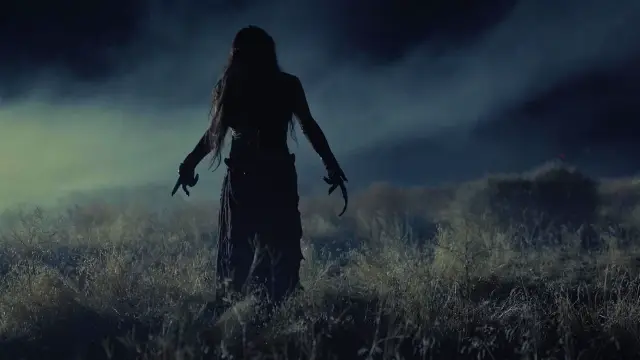In Mexico, a chilling legend warns parents to keep their children safe. The Cihuateteo are female spirits from ancient Aztec mythology. These spirits are the souls of women who died during childbirth. Their story is both fascinating and frightening, and it continues to influence Mexican culture today.
The Origins of the Cihuateteo

The Cihuateteo are not just ordinary spirits. They are revered and feared figures in Aztec mythology. When a woman died in childbirth, her spirit was believed to become a Cihuateteo. These spirits were thought to roam the earth, especially during traditional feast days.
Feast Days and Their Significance
On special feast days, the Cihuateteo are said to haunt crossroads at night. They wait for unsuspecting victims, particularly young children. This belief has led to a modern warning: parents tell their kids to stay indoors and hide on these nights. If a Cihuateteo manages to kidnap a child, all that remains is a sacrificial knife.
The Powers of the Cihuateteo

The Cihuateteo were feared for their abilities. Ancient Aztecs believed they could cause:
- Sickness
- Paralysis
- Seizures
These spirits were also thought to possess the bodies of their victims. Men were especially warned to be cautious, as the Cihuateteo could seduce them.
Connection to La Llorona
Some believe the legend of La Llorona is linked to the Cihuateteo. La Llorona, or the Weeping Woman, is another haunting figure in Mexican folklore. Her story shares themes of loss and sorrow, much like the Cihuateteo.
Offerings to the Cihuateteo
To appease the Cihuateteo, the Aztecs made offerings on feast days. These offerings included:
- Bread
- Tamales shaped like butterflies or lightning
These items were left at altars or crossroads to honor the spirits. The Aztecs believed that by doing so, they could prevent the Cihuateteo from causing harm.
The Appearance of the Cihuateteo

The Cihuateteo are often described in vivid detail. They are said to have:
- Skeleton faces
- Claws for hands
- Pale white limbs
Their attire typically includes:
- Horned headdresses
- Black blouses
- White sandals
- Colorfully embroidered skirts
Interestingly, Aztec statues of the Cihuateteo depict them as naked from the waist up, symbolizing their connection to life and death.
Honoring Fallen Women
The Aztecs treated women who died in childbirth with great respect. They were seen as fallen warriors, deserving the same honors as men who died in battle. These women were allowed to enter the Heaven of the Sun, a significant honor in Aztec culture.
The Journey of the Cihuateteo
After four years, the spirits of these women could inhabit the clouds. At this point, they transformed into Cihuateteo or goddesses. They were believed to return to their earthly homes, where their former husbands might catch a glimpse of them.
The Protection of Their Bodies
The bodies of women who died in childbirth were considered powerful even after death. Loved ones had to guard their remains to prevent theft. Warriors believed that taking a woman’s middle finger or hair would make them braver in battle. These relics were thought to blind their enemies, giving the warriors an advantage.
Conclusion
The legend of the Cihuateteo serves as a reminder of the deep respect and fear surrounding motherhood in ancient Aztec culture. Today, the story continues to resonate with Mexican families, who still warn their children about these haunting spirits.
The Cihuateteo are more than just a myth; they represent the complexities of life, death, and motherhood. As you hear their story, remember to respect the traditions and beliefs that shape cultures around the world. What do you think about the Cihuateteo? Share your thoughts and join the conversation!

